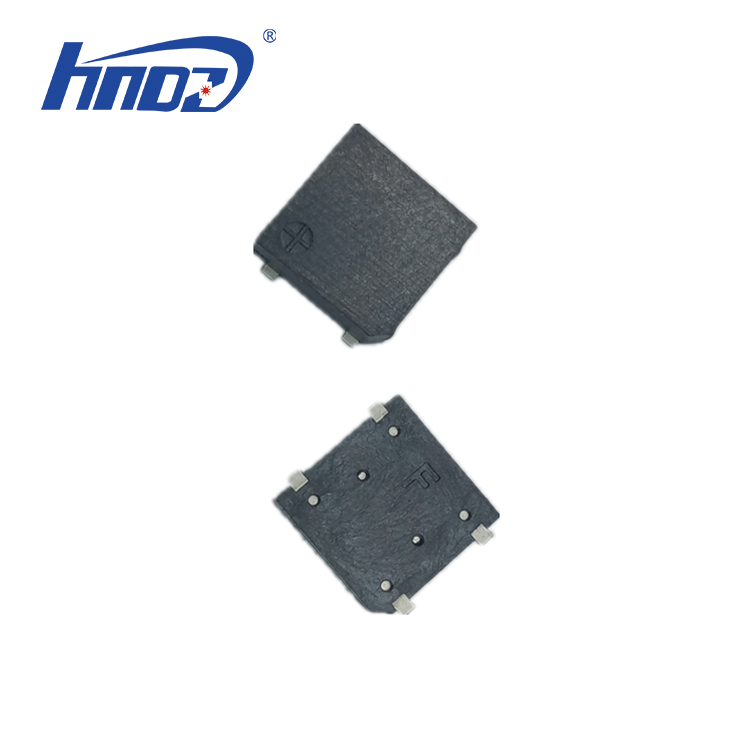The Working Principle of Magnetic Buzzer
The magnetic Buzzer is a type of audio transducer that converts electrical energy into sound. It is commonly used in various electronic devices such as alarm systems, timers, and household appliances. The working principle of a magnetic buzzer involves the interaction between a magnetic field and a diaphragm to produce sound. In this article, we will discuss the working principle of a magnetic buzzer in detail.We are professional manufacturer of Cast iron pipe fittings,Applicable to EN877,Gray iron fitting,Drainage fittings,Drainage fittings.
1. Introduction to Magnetic Buzzer:
A magnetic buzzer consists of two main components: a coil and a diaphragm. The coil is wound around a bobbin and is connected to an electrical circuit. When an electrical current passes through the coil, it generates a magnetic field. The diaphragm, on the other hand, is a thin piece of material that vibrates in response to the magnetic field. These vibrations produce sound waves, which are then amplified and emitted by the buzzer.
2. Electromagnetic Induction:
The working principle of a magnetic buzzer is based on the phenomenon of electromagnetic induction. Electromagnetic induction is the process of generating an electromotive force (EMF) in a conductor when it is exposed to a changing magnetic field. This principle was first discovered by Michael Faraday in the early 19th century.
In the case of a magnetic buzzer, the coil acts as the conductor. When an electrical current flows through the coil, it creates a magnetic field around it. This magnetic field is constantly changing due to the alternating current (AC) passing through the coil. As a result, an EMF is induced in the coil according to Faraday's law of electromagnetic induction.

3. Magnetic Field and Diaphragm Interaction: The diaphragm is a flexible membrane that is positioned in close proximity to the coil. When the coil generates a magnetic field, it interacts with the diaphragm and causes it to vibrate. The diaphragm is typically made of a lightweight material such as Mylar or metal foil, which allows it to move easily in response to the magnetic field. The vibrations of the diaphragm produce sound waves in the surrounding air, which are then heard as sound. The frequency and amplitude of the sound produced depend on the characteristics of the electrical signal applied to the coil. By controlling the electrical signal, the magnetic buzzer can generate different tones and volumes of sound. 4. Magnetic Buzzer Construction: To better understand the working principle of a magnetic buzzer, it is important to understand its construction. A typical magnetic buzzer consists of the following components: 4.1 Coil: The coil is the main component of the magnetic buzzer. It is made of a thin wire wound around a bobbin. The number of turns in the coil determines its impedance and sensitivity. The coil is connected to the electrical circuit and carries the current that generates the magnetic field. 4.2 Diaphragm: The diaphragm is a thin, flexible membrane that is positioned in front of the coil. It is usually circular or rectangular in shape and made of a lightweight material such as Mylar or metal foil. The diaphragm is responsible for converting the vibrations caused by the magnetic field into sound waves. 4.3 Housing: The housing is the outer casing of the magnetic buzzer. It is typically made of plastic or metal and provides protection to the internal components. The housing also helps to direct and amplify the sound produced by the buzzer. 4.4 Terminals: The terminals are the connection points between the magnetic buzzer and the electrical circuit. They allow the buzzer to be easily connected and disconnected from the circuit. 5. Operation of Magnetic Buzzer: The operation of a magnetic buzzer involves the following steps: 5.1 Application of Electrical Signal: An electrical signal is applied to the coil of the magnetic buzzer. This signal can be a direct current (DC) or an alternating current (AC) depending on the design of the buzzer. The signal can be generated by a microcontroller, oscillator, or any other electronic circuit. 5.2 Generation of Magnetic Field: When the electrical signal passes through the coil, it generates a magnetic field around it. The magnetic field is constantly changing due to the alternating current passing through the coil. 5.3 Interaction with Diaphragm: The changing magnetic field interacts with the diaphragm, causing it to vibrate. The diaphragm moves back and forth in response to the magnetic field. 5.4 Sound Production: The vibrations of the diaphragm produce sound waves in the surrounding air. The frequency and amplitude of the sound waves depend on the characteristics of the electrical signal applied to the coil. 5.5 Amplification and Emission: The sound waves produced by the diaphragm are then amplified and emitted by the magnetic buzzer. The housing of the buzzer helps to direct and amplify the sound.




